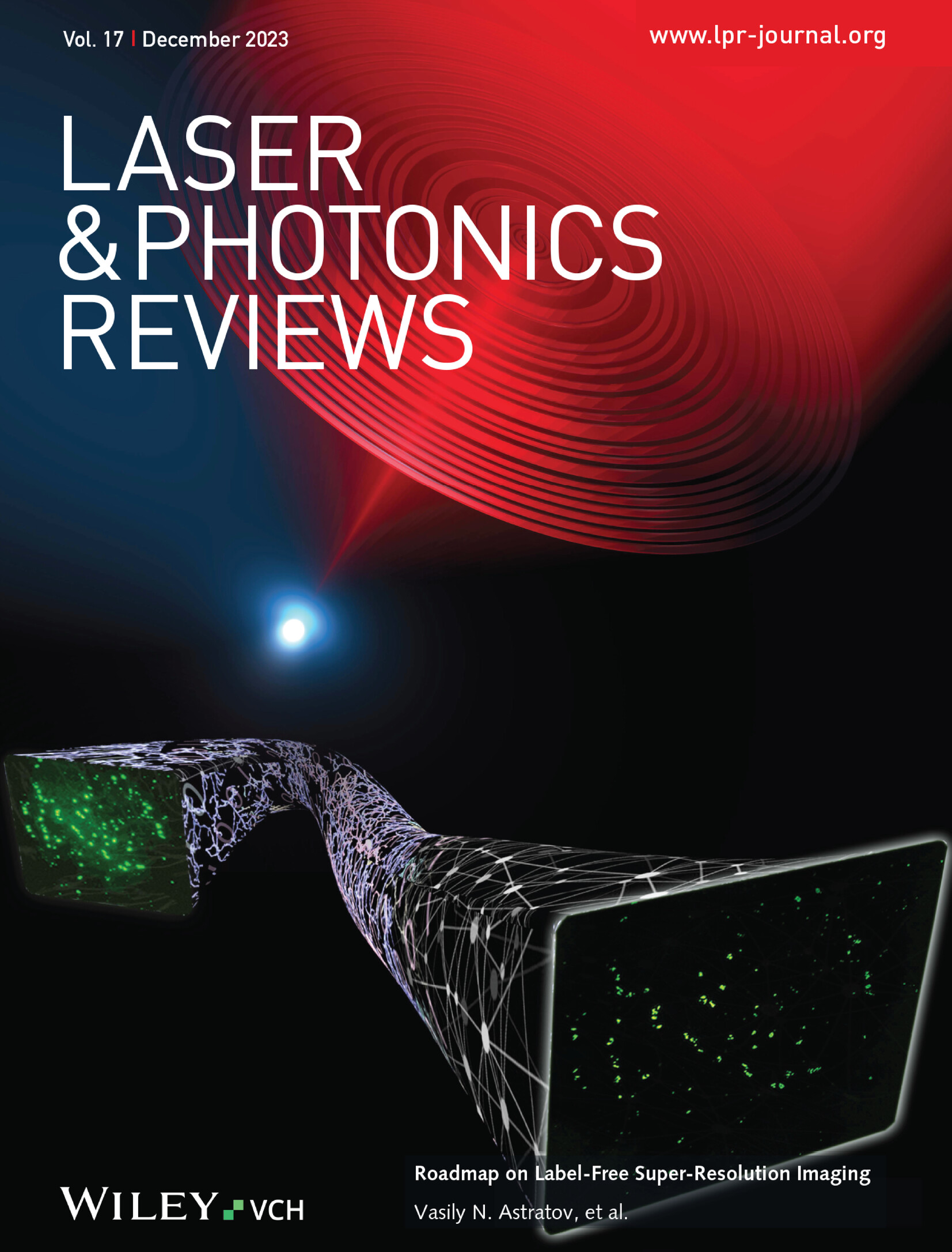Tight Focusing Holographic Network Enables 3D Real Time and Accurate Light Field Modulation
IF 9.8
1区 物理与天体物理
Q1 OPTICS
引用次数: 0
Abstract
Phase‐only computer‐generated holography (CGH) is an effective technique to manipulate 3D light field distribution in the tight focusing volume for numerous applications in micro/nano‐manufacturing, optical tweezers, and optical communication. Unfortunately, hologram computation is slow and generally takes several seconds or longer for a single instance, which hinders broad applications in real time light modulation. Here, fast hologram computation is reported with the calculation time for a single instance down to 3.7 ms. A depth‐adaptive 3D tight‐focusing holographic network framework driven by a vectorial diffraction model is developed. The network adequately considers the tight‐focusing property and the spherical aberration effect in high NA objectives and employs a layer‐based learning strategy to reinforce the global constraints on reconstructed 3D focusing fields. This network enables the generation of high‐quality holographic phases in real time and facilitates large‐scale computations of focused fields with arbitrary spatial, intensity, and axial spacing distributions with high speed and high accuracy (up to 0.93). The proposed network is deployed in ultrafast laser direct writing and microscale fluorescence display applications, which indicates that the current 3D tight‐focusing field modulation technique will play a vital role in broad optical and photonic engineering.求助全文
约1分钟内获得全文
求助全文
来源期刊
CiteScore
14.20
自引率
5.50%
发文量
314
审稿时长
2 months
期刊介绍:
Laser & Photonics Reviews is a reputable journal that publishes high-quality Reviews, original Research Articles, and Perspectives in the field of photonics and optics. It covers both theoretical and experimental aspects, including recent groundbreaking research, specific advancements, and innovative applications.
As evidence of its impact and recognition, Laser & Photonics Reviews boasts a remarkable 2022 Impact Factor of 11.0, according to the Journal Citation Reports from Clarivate Analytics (2023). Moreover, it holds impressive rankings in the InCites Journal Citation Reports: in 2021, it was ranked 6th out of 101 in the field of Optics, 15th out of 161 in Applied Physics, and 12th out of 69 in Condensed Matter Physics.
The journal uses the ISSN numbers 1863-8880 for print and 1863-8899 for online publications.

 求助内容:
求助内容: 应助结果提醒方式:
应助结果提醒方式:


